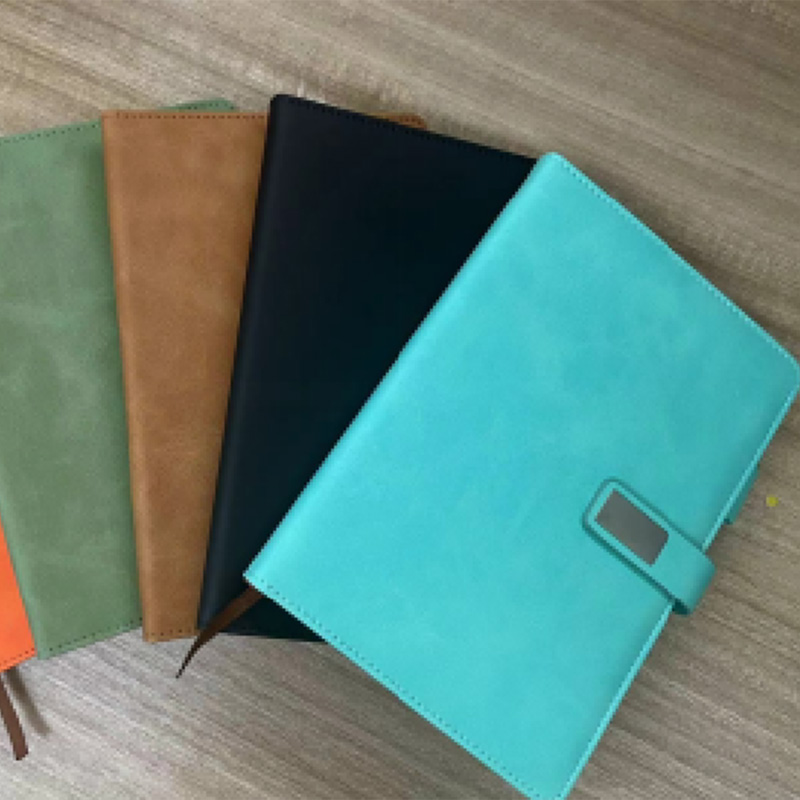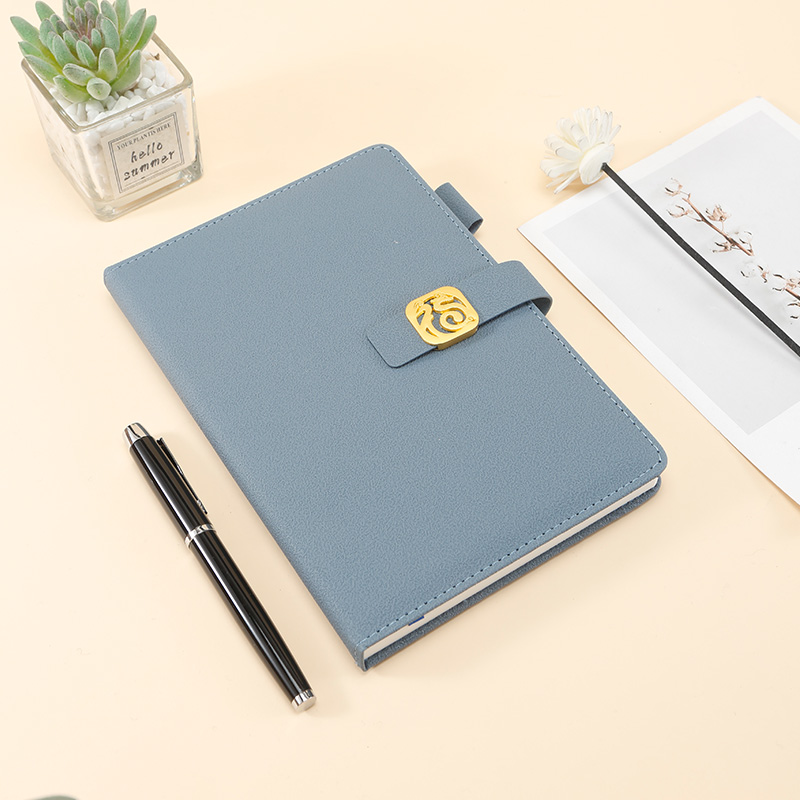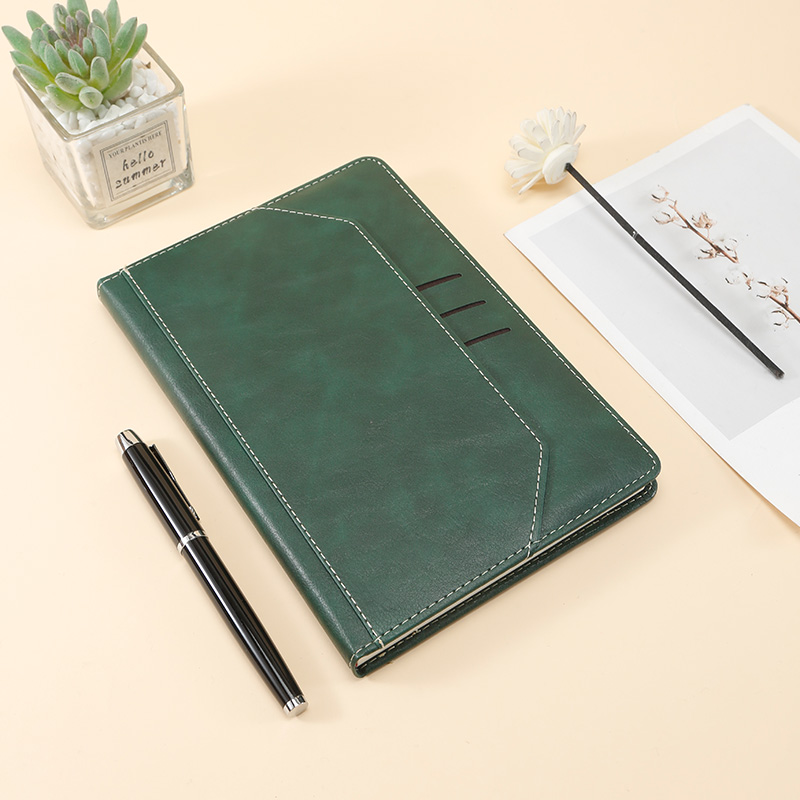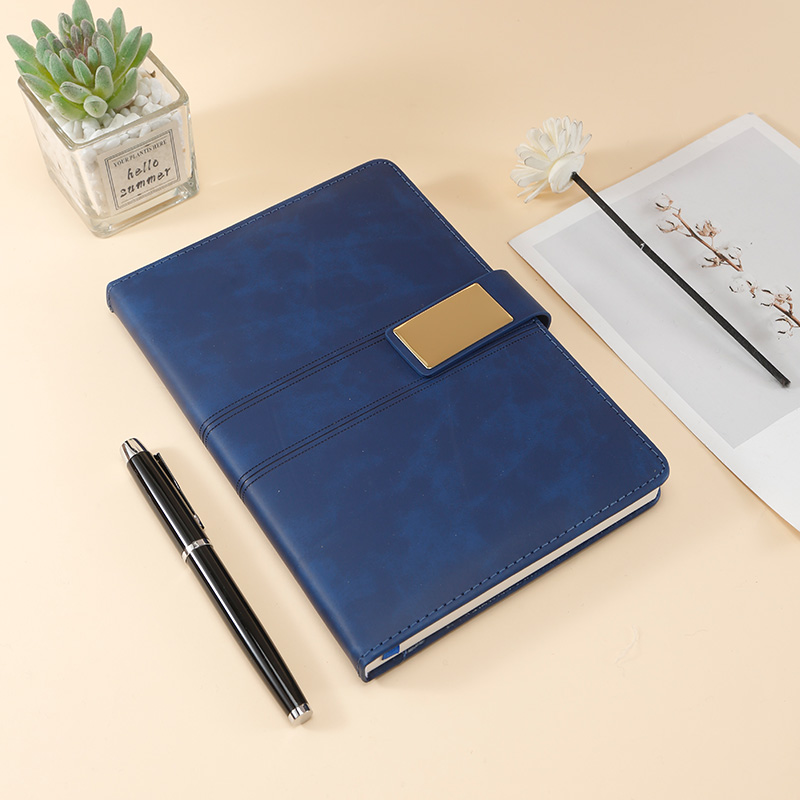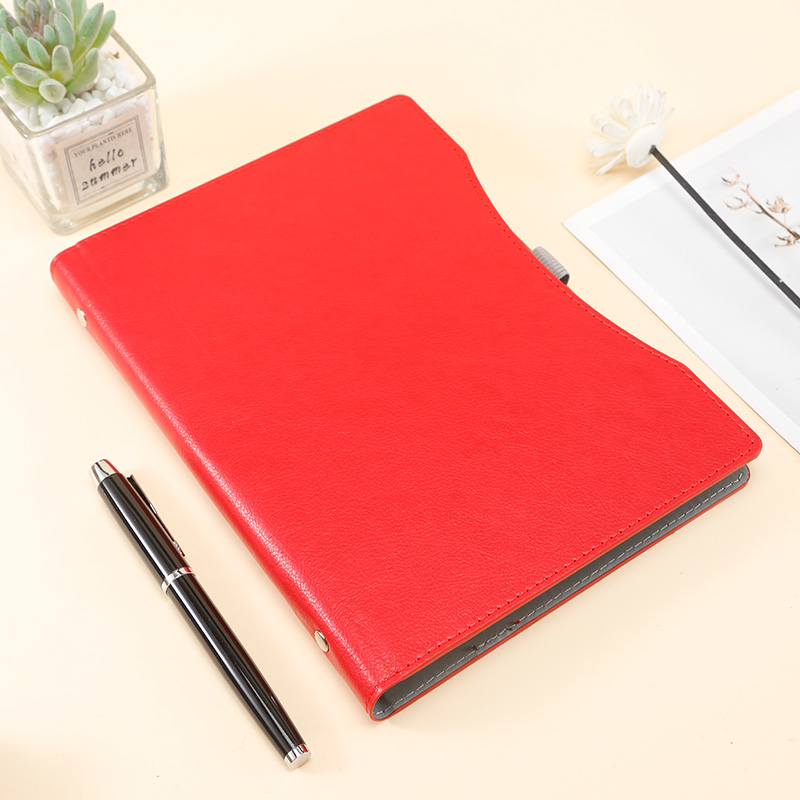What should you pay attention to when buying a notebook?
Posted by Admin
Choosing the right notebook involves more than just picking a pretty cover. Various factors such as purpose, paper quality, design, portability, and budget all play important roles.
1. Clear Purpose
Before buying a notebook, it’s important to consider how you intend to use it:
Daily Notes: For quick notes, reminders, or journaling on the go, smaller sizes like A6 or B7 are suitable. These notebooks are lightweight and easy to carry in pockets or small bags.
Work or Study Notes: Medium sizes such as A5 or B5 offer more writing space, ideal for taking lecture notes or keeping track of tasks. The inner pages can have horizontal lines for writing, dot grids for flexibility, or square grids for diagrams and charts.
Handbook or Painting: When the notebook is intended for sketches, watercolor, or creative work, choose notebooks with blank pages and thicker paper, generally over 120 grams per square meter. This helps prevent ink or paint from seeping through to the other side.
Business Meetings: Professional settings often require notebooks with simple, elegant designs. Leather or leather-like covers are commonly preferred for their clean look and sturdy feel, helping create a formal impression.
2. Paper Quality
The paper inside the notebook is central to the writing experience:
Weight: Paper weight is measured in grams per square meter (gsm). Lighter paper around 70-80 gsm works well with common pens like ballpoint or gel pens. Heavier paper, usually 100 gsm or more, is better suited for fountain pens, markers, or watercolors since it resists bleeding and warping.
Smoothness: Paper can vary from smooth to rough. Smooth paper offers less resistance and suits fast writing, while rough paper provides texture that some artists or writers prefer.
Ink Penetration: If you use fountain pens or markers, test whether the ink seeps through the pages. Some papers are designed to prevent bleeding, allowing you to write on both sides without smudging.
3. Binding and Durability
How a notebook is bound affects how it handles and lasts over time:
Glue Binding: Often used in lightweight, portable notebooks. While convenient, glued notebooks may not lay flat easily, which could make writing near the spine challenging.
Thread Binding or Locked Binding: This type of binding allows the notebook to open flat at 180 degrees, improving comfort during writing or drawing sessions.
Loose Leaf: This format provides flexibility to add or remove pages as needed, useful for organizing notes or inserting new materials.
The cover material also impacts durability:
Soft Cover: Lightweight and flexible, suitable for those prioritizing portability.
Hard Cover: Offers more protection for the pages, making it ideal for notebooks that will be stored or transported often and for long-term use.
4. Portability and Detailed Design
Consider how easy the notebook is to carry and the small design details that improve usability:
Size and Weight: For daily commuting or casual note-taking, notebooks sized A5 or smaller are practical. Larger notebooks like A4 fit better in backpacks but are less convenient to carry around.
Additional Features: Look for useful extras such as bookmarks for quick page access, page numbers for organization, pockets to store loose notes, or elastic straps to keep the notebook closed securely. Rounded corners help prevent the pages from curling or getting damaged.
By considering these aspects—your intended use, paper quality, binding style, cover material, and additional features—you can choose a notebook that fits your needs well. A carefully chosen notebook can support your writing, drawing, or planning tasks more comfortably and last through everyday use.
